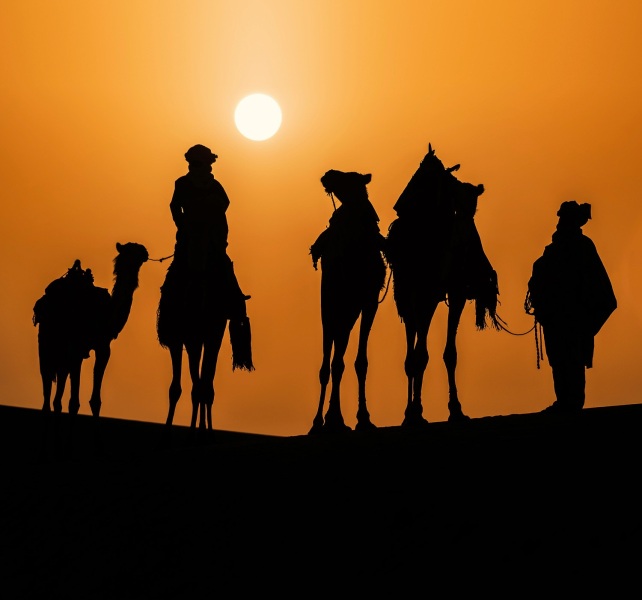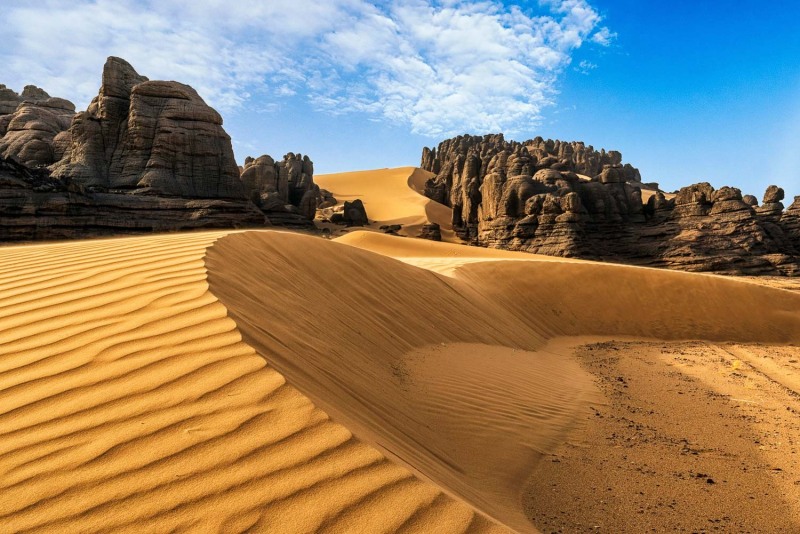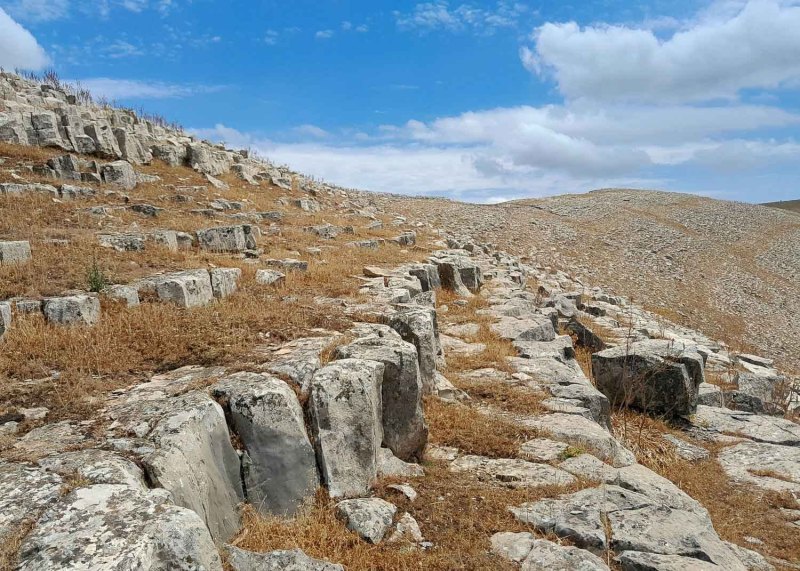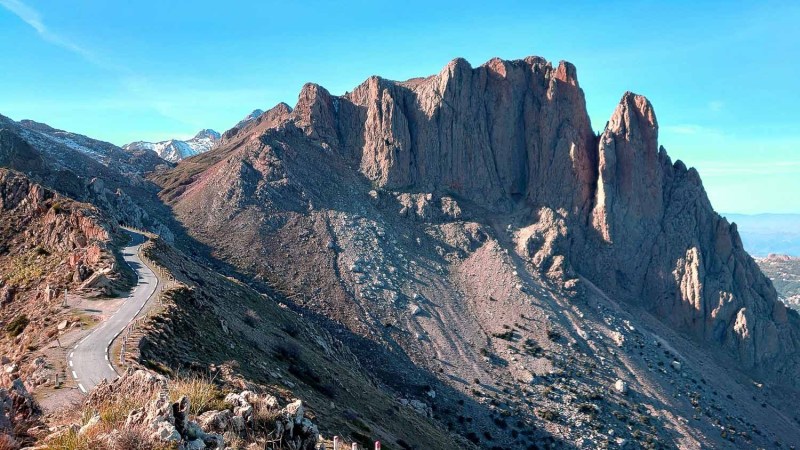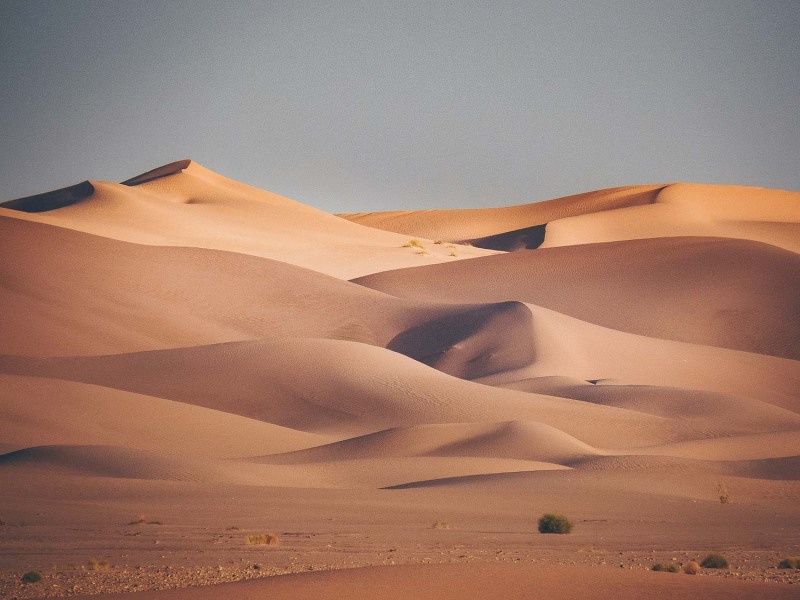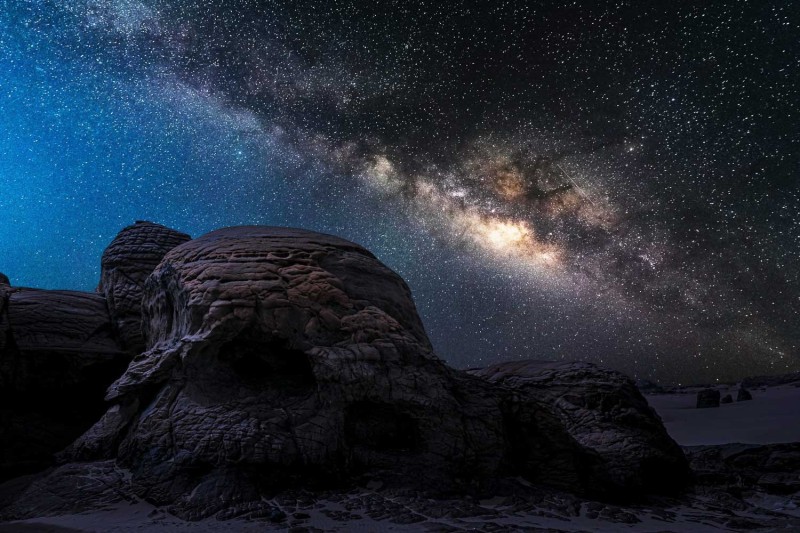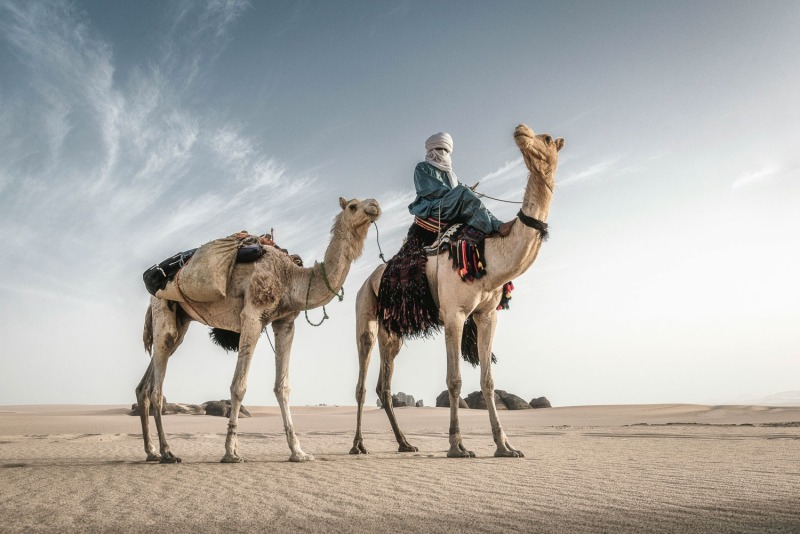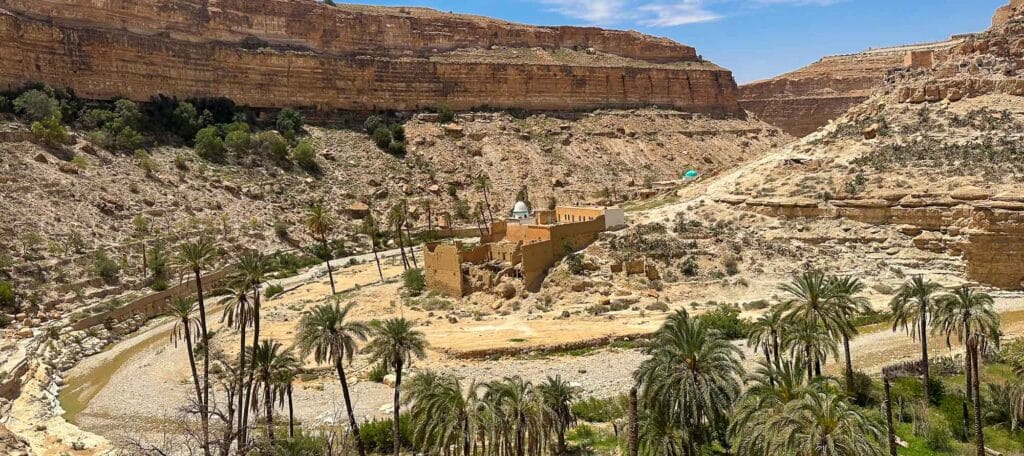Filming in the Algerian Desert: A Cinematic Adventure
The sun had barely risen over the Sahara, casting its first light on the vast, golden expanse of sand dunes stretching out as far as the eye could see. As a seasoned director of photography with years of experience filming in the desert, I’ve come to appreciate both the challenges and the unparalleled beauty that this landscape offers. The Algerian desert, with its stark beauty and timeless allure, provides a breathtaking backdrop for any film, but it demands respect and preparation.
The Heat and the Cold
The first thing any producer must understand about filming in the Algerian desert is the extreme temperature fluctuations. During the day, the heat can be oppressive, easily soaring above 40°C (104°F). It’s crucial to keep your crew hydrated and cool. On my first major desert shoot, I quickly learned the importance of having a reliable supply of water. Each crew member should have at least 3-4 liters of water per day. We used insulated bottles to keep our water cool and added electrolyte tablets to replenish essential salts lost through sweat.
At night, the temperature can drop drastically, often nearing freezing. I remember one particularly cold night in Tamanrasset, where we had to huddle in thick blankets, wearing multiple layers of clothing. It’s vital to pack warm gear for the nights and to ensure that everyone is prepared for the sudden chill.
Protecting Your Gear
The desert is unforgiving to equipment. The fine sand gets everywhere, and the intense heat can damage delicate electronics. On my second desert project, our team learned the hard way the importance of protecting our gear. We used specially designed camera covers to keep sand out of the lenses and bodies, and we stored all equipment in sealed bags when not in use.
I can’t stress enough the importance of regular maintenance. A blower, lens wipes, and a good cleaning kit are essential. Each evening, we would set aside time to clean our cameras, tripods, and other gear, ensuring they were ready for the next day’s shoot.
The Importance of Hydration and Nutrition
Hydration is critical in the desert. On one particularly grueling day near Djanet, we nearly ran out of water, a mistake I vowed never to repeat. Besides water, carrying electrolyte drinks or tablets can help maintain the crew’s energy levels. As for food, we packed high-energy snacks like nuts, dried fruits, and energy bars, which were easy to carry and provided a quick boost when needed.
Dressing for the Desert
Dressing appropriately is not just about comfort; it’s about safety. Lightweight, breathable fabrics are your best friend in the desert. I always opt for long sleeves and pants to protect my skin from the sun, and a wide-brimmed hat and sunglasses are essential. On my first shoot, I learned to apply a high-SPF sunscreen religiously, reapplying every couple of hours to avoid the intense sunburn that can come from exposure.
Navigating the Terrain
Filming in the Algerian desert requires careful planning and navigation. The vast expanses can be disorienting, and the rough terrain can be challenging. Our journey from Algiers to the remote dunes of the Sahara was a logistical feat, involving both air and road travel.
We flew into Tamanrasset, a hub for many desert expeditions, and from there, we relied on a network of well-maintained highways and local roads. The drive from Algiers to Tamanrasset can take over a day, so we broke it up into manageable segments, making sure to account for rest and refueling stops.
Engaging with the Local Community
One of the most rewarding aspects of filming in Algeria is engaging with the local communities. The Tuareg people, with their rich culture and history, add an incredible depth to any project. On several occasions, we hired local guides and experts who not only helped us navigate the desert but also provided invaluable insights into the local customs and traditions.
Their knowledge and hospitality were indispensable, turning a challenging shoot into a culturally enriching experience. Building these relationships can significantly enhance the authenticity and depth of your film.
Safety and Permits
Safety is paramount when filming in the desert. Special permits are required for foreigners, and our team is adept at securing these, ensuring all legal requirements are met. We work closely with local authorities and service providers to create a secure environment for your crew.
Embracing the Desert Light
The desert light is both a blessing and a challenge. The golden hours—shortly after sunrise and before sunset—offer soft, diffused light that is perfect for capturing the serene beauty of the Sahara. However, the midday sun can be harsh, creating stark shadows and high contrast. On one shoot, we used large diffusers and reflectors to manage the intense light, ensuring our footage remained consistent and visually appealing.
Final Thoughts
Filming in the Algerian desert is an adventure like no other. It’s a place where the beauty of the landscape is matched only by the resilience and hospitality of its people. As a producer, understanding the challenges and preparing your crew for the rigors of the desert can make all the difference. With careful planning, respect for the environment, and the support of a knowledgeable team, your desert shoot can be a stunning success.
So pack your gear, prepare your crew, and get ready to capture the timeless beauty of the Algerian desert. It’s a journey you’ll never forget, and the footage you bring back will be nothing short of spectacular.


